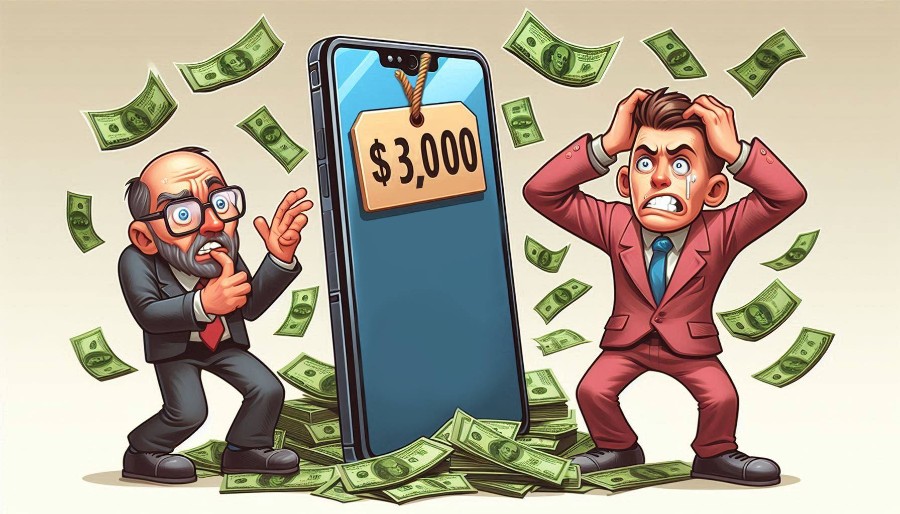Posted: Wednesday, April 9, 2025
The effects of Trump's tariffs on smartphones
A scare tactic that's not having the expected effect

An iPhone made solely in the United States is estimated to cost more than $3,000.
Ο
i
Opinion: a representation of SmartMobileGear's viewpoint.
There has been much discussion about how tariffs imposed by President Donald Trump's administration have affected consumer costs, especially for smartphones. These levies, which were intended to encourage domestic manufacturing and reduce reliance on imports, have triggered a domino effect across the global supply chain and might raise the cost of smartphones.
Tariffs on China have hurt us more
These tariffs have a major effect on smartphones, especially those made in China. For instance, the cumulative tariffs might result in a more than 40% increase in the cost of smartphones, which are primarily made in China. This suggests that a phone that is today worth $1,000 may suddenly become worth $1,500. The additional expenses of components from other countries, which are likewise liable to tariffs, further complicate matters.
The tariffs were intended to motivate smartphone manufacturers to move to the United States and present a unique set of challenges.
The tariffs were intended to motivate smartphone manufacturers to move to the United States and present a unique set of challenges. Prices may rise further due to rising labor costs and the difficulty of reproducing the current supply chain in the United States. An iPhone made solely in the United States is estimated to cost more than $3,000.
Corporate feelings are shocking
Some well-known manufacturers have expressed some slow-to-judgment feelings about the tariffs. Samsung, for one, stated by a spokesperson from the manufacturer, "Nothing has been decided yet." Apple, as well, has expressed a more restrained feel about the tariffs as well, with some saying that they are looking at absorbing a bulk of the cost of moving their manufacturing to the U.S.
The immediate effect on consumers is clear: the cost of smartphones and other electrical products is going up, even if these levies intend to support domestic production. This circumstance raises the question of how to strike a balance between promoting home manufacturing and maintaining consumer affordability. The true cost of these tariffs will be evaluated in terms of both their financial implications and their broader economic and social ramifications as the world economy adapts to these developments.